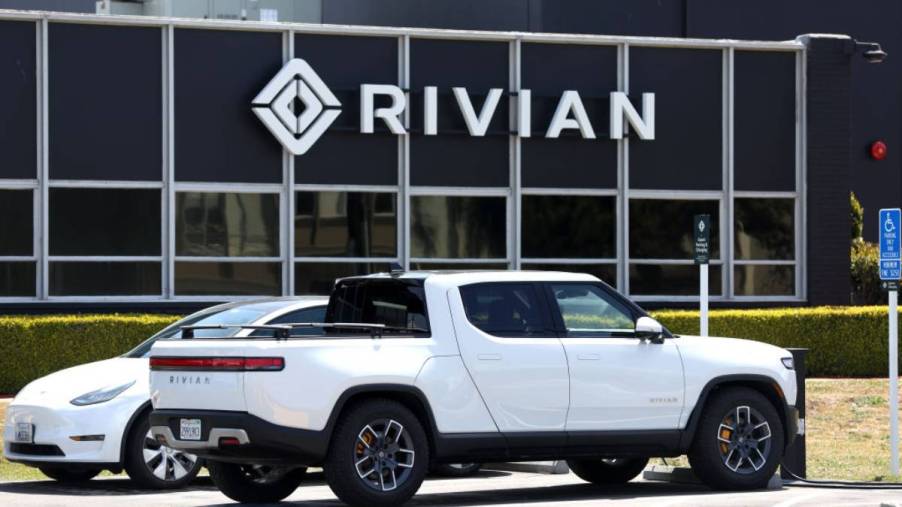
Rivian Might Have a New Problem on Its Hands
Rivian has had its fair share of difficulties in the past, from production delays to some minor quality issues. Until now, we wouldn’t say that any of these reported problems should present a major performance issue. Now Rivian is dealing with another mishap that could prove otherwise.
Your Rivian’s tires might not last that long
Many Rivian drivers have had to replace their vehicles’ tires after just 12,000 miles, The Drive reports. A few of them have needed all four tires replaced after driving just 6,000 miles. Under warranty, Pirelli is supposed to provide free replacement tires for up to 50,000 miles.
However, when we take a look at the fine print, treadwear coverage isn’t included for OEM tires. This means that drivers could have to pay thousands of dollars out of pocket just for tire replacements each year.
Common reasons why tires wear out
Oftentimes, excessive tire wear can be linked to aggressive driving. Frequently having to slam on the brakes or speeding away from a stop too quickly puts undue pressure on your tires. Tire treads will also wear unevenly if the tires aren’t properly inflated.
Every car has different ideal tire pressure readings, which you can find inside the driver’s door or your owner’s manual. Both the front and rear tires should be rotated at least once every 6,000 miles to prevent premature tread wear.
Your front tires will naturally wear down faster if your car has all-wheel drive. In slippery situations, these systems will transfer power to the front wheels so that you have better steering control. Due to this, you could end up with wildly different treadwear and pressure readings between the front and rear wheels. This can also confuse the AWD system and negatively impact your vehicle’s handling on smooth pavement.
Is this an EV thing or a Rivian thing?
EVs carry heavy battery packs that increase their overall curb weight, resulting in more tire wear than your average gas-operated car. Both the Rivian R1T and R1S weigh over 7,000 lbs, which is above average for the segment. That’s why EV tires are made with thicker sidewalls to accommodate the weight of these vehicles. EV tires are also designed to improve an EV’s efficiency and traction.
According to Kelley Blue Book, EV tires are supposed to last at least 30,000 miles. That’s obviously far less than what some Rivian drivers are reporting, but Rivian cars have something that not every EV has. It’s called Conserve mode, which drivers can activate to switch between front-wheel-drive and AWD. It also lowers the suspension, which reduces rollover risks and improves the overall aerodynamics of the vehicle.
As The Drive points out, tires in Conserve mode are responsible for handling up to 418 hp on Rivian R1Ts in the quad-motor configuration. Rivian owners measured their tire tread after extended periods in Conserve mode and detected both negative camber along with a decent amount of toe-in.
Too much of either can lead to bad wheel alignment, which also causes significant tire wear. The Drive also pointed out that several Rivian drivers have complained about the stock alignment on their vehicles. Some users even went so far as to take their Rivian to an independent shop and have the alignment adjusted.
Rivian is definitely aware of the tire issue, as the automaker advises drivers not to use Conserve mode in excess. This warning can be found in the owner manual, which many drivers don’t check until there’s actually a problem.
The fault isn’t entirely on drivers either, as they can’t control how Rivian’s vehicles are aligned at the factory. While not every Rivian owner experiences these problems, both are things that every potential buyer should know about.


